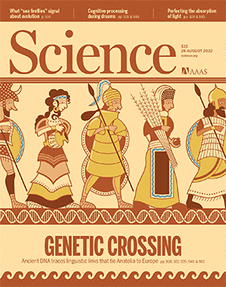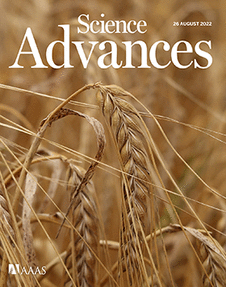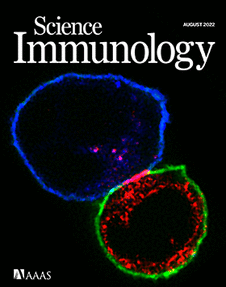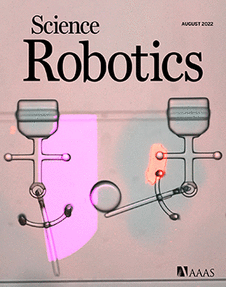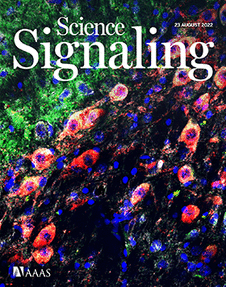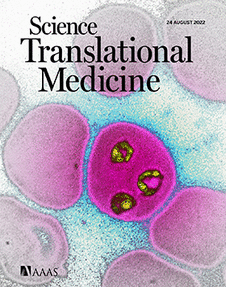After visiting the outer planets in the 1980s, the twin Voyager spacecraft have sent back tantalizing clues about the edge of our Solar System and what lies beyond. Though they may have reached the edge of the Solar System or even passed it, the craft lack the instruments to tell us much about the interstellar medium—the space between the stars. Intern Khafia Choudary talks with Contributing Correspondent Richard Stone about plans to send a modern space probe outside the Solar System and what could be learned from such a mission.
Next up on the show, Myriam Valero, a population geneticist at the evolutionary biology and ecology of algae research department at Sorbonne University, talks with host Sarah Crespi about how a little crustacean might help fertilize a species of algae. If the seaweed in the study does use a marine pollinator, it suggests there may have been a much earlier evolutionary start for pollination partnerships.
Finally, we have the next in our series on books exploring the science of food and agriculture. This month, host Angela Saini talks with biochemist T. Colin Campbell about his book The Future of Nutrition: An Insider’s Look at the Science, Why We Keep Getting It Wrong, and How to Start Getting It Right.
This week’s episode was produced with help from Podigy.
